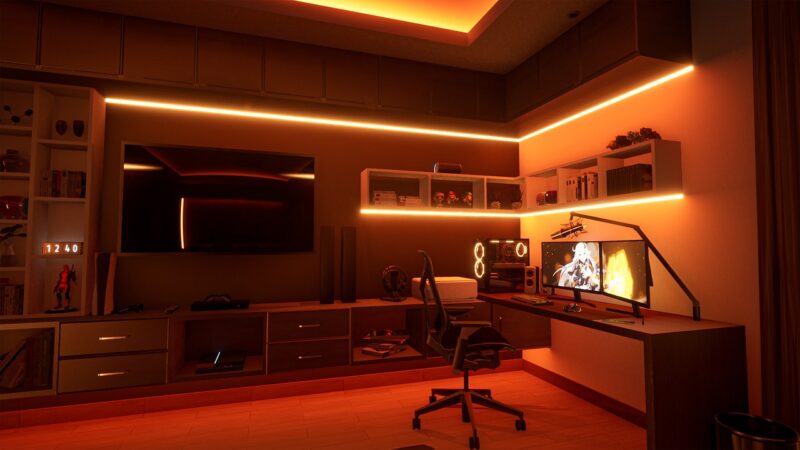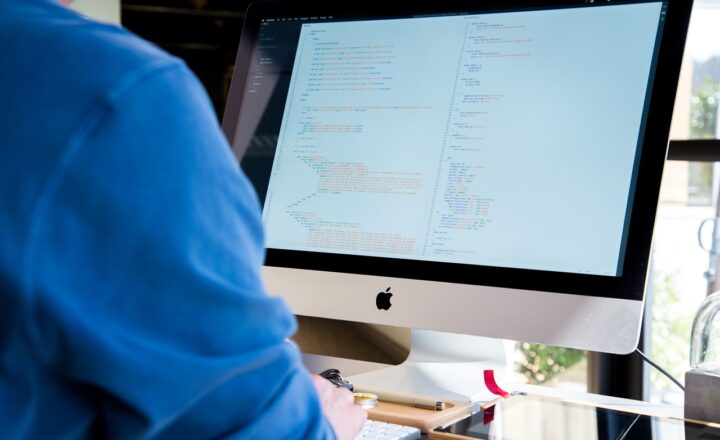The Ultimate Guide to Optimizing Your PC for Gaming Performance
November 10, 2024

As gaming technology advances, gamers are constantly seeking ways to enhance their overall experience. Whether you’re into competitive online shooters or immersive single-player adventures, having a well-optimized gaming PC can greatly impact your performance and enjoyment. In this guide, we’ll cover the essential steps to optimize your PC for gaming performance, ensuring you can enjoy smooth graphics, responsive gameplay, and minimal latency.
1. Understanding System Requirements
Before diving into optimization techniques, it’s crucial to understand the system requirements for the games you want to play. Reputable game developers provide minimum and recommended specifications, which indicate the necessary hardware for optimal performance.
– Minimum requirements ensure you can run the game, though performance may be suboptimal.
– Recommended requirements provide the ideal specifications for smooth gameplay and visual fidelity.
Knowing your current setup and comparing it against these specifications helps you identify areas for improvement.
2. Update Your Drivers
One of the simplest yet often overlooked optimization steps is updating your PC’s drivers, particularly the graphics drivers.
– Why Update? Drivers are the software that allows your operating system to communicate with your hardware. Updated drivers can improve performance, enhance stability, and fix bugs that may hinder your gaming experience.
– How to Update: Visit the manufacturer’s website (like NVIDIA or AMD for graphics cards) or use tools like GeForce Experience or AMD Radeon Software to automate the process.
Keeping your drivers current can lead to significant performance boosts in games.
3. Optimize Windows Settings
Adjusting your Windows settings can help maximize your gaming performance:
– Power Settings: Set your power plan to “High Performance” under the Control Panel. This setting prevents your CPU from throttling and ensures it operates at peak performance during gaming sessions.
– Background Apps: Disable unnecessary background applications that consume system resources. Use Task Manager to check which apps are consuming the most CPU and RAM.
– Game Mode: Activate Windows Game Mode to reserve system resources for games, minimizing interruptions from background processes.
Taking these steps can substantially improve your gaming experience.
4. Upgrade Your Hardware
If your gaming performance is still lacking after optimizing software, consider upgrading your hardware components. Some key upgrades include:
– Graphics Card (GPU): An upgraded GPU can provide significant enhancements in graphical fidelity and frame rates.
– Processor (CPU): A powerful CPU ensures that your system can handle resource-intensive games, particularly in tasks like physics calculations and AI.
– RAM: Ensure you have adequate RAM (16GB is generally recommended for gaming). More RAM can prevent stuttering in resource-heavy environments.
– Storage: Upgrading to an SSD can drastically reduce load times compared to traditional hard drives. Games stored on an SSD load faster and can improve overall responsiveness.
5. Tweak In-Game Settings
It’s essential to strike a balance between visual quality and performance in your games. Here are some tips for tweaking in-game settings:
– Resolution: Play at your monitor’s native resolution for the best visual experience. Lowering the resolution can improve frame rates but at the cost of clarity.
– Graphics Settings: Adjust graphics settings such as texture quality, shadow detail, and anti-aliasing. Lowering these settings can lead to improved performance without drastically reducing visual quality.
– V-Sync: Turning off V-Sync can reduce input lag, but be aware of potential screen tearing. Consider using G-Sync or FreeSync technology to mitigate this issue.
Finding the right mix of settings can lead to an optimized gaming experience tailored to your tastes.
6. Monitor Your Temperatures
High temperatures can cause thermal throttling, which decreases performance. To ensure your PC runs optimally:
– Check Temperatures: Use software like HWMonitor or MSI Afterburner to monitor CPU and GPU temperatures during gaming sessions.
– Clean Your PC: Dust buildup inside your case can obstruct airflow. Regularly clean your components and ensure fans are free from dust.
– Improve Cooling: Consider upgrading your CPU cooler, adding case fans, or even liquid cooling solutions if temperatures are consistently high.
Maintaining a cool system can enhance performance and prolong the lifespan of your hardware.
7. Network Optimization for Online Gaming
For those who play online multiplayer games, having a stable and fast internet connection is crucial. Here are some tips for optimizing your network:
– Wired Connection: Whenever possible, use a wired Ethernet connection for a more stable and faster connection than Wi-Fi.
– Close Unused Applications: Ensure no bandwidth-hogging applications are running in the background during gaming sessions.
– Router Optimization: Make sure your router settings are configured for gaming. Enable Quality of Service (QoS) settings to prioritize gaming traffic, ensuring smooth performance.
Using these network optimization techniques can significantly reduce lag and improve your online gaming experience.
Conclusion
Optimizing your PC for gaming performance involves a combination of software tweaks, hardware upgrades, and proper maintenance. By following the steps outlined in this guide, you can ensure that your system is running at its best, allowing you to fully enjoy the latest gaming titles. Remember to regularly monitor your system’s performance and make adjustments as needed to keep your gaming experience at its peak. From the thrill of competitive play to the enchantment of expansive worlds, a well-optimized PC will allow you to immerse yourself in the full gaming experience.







